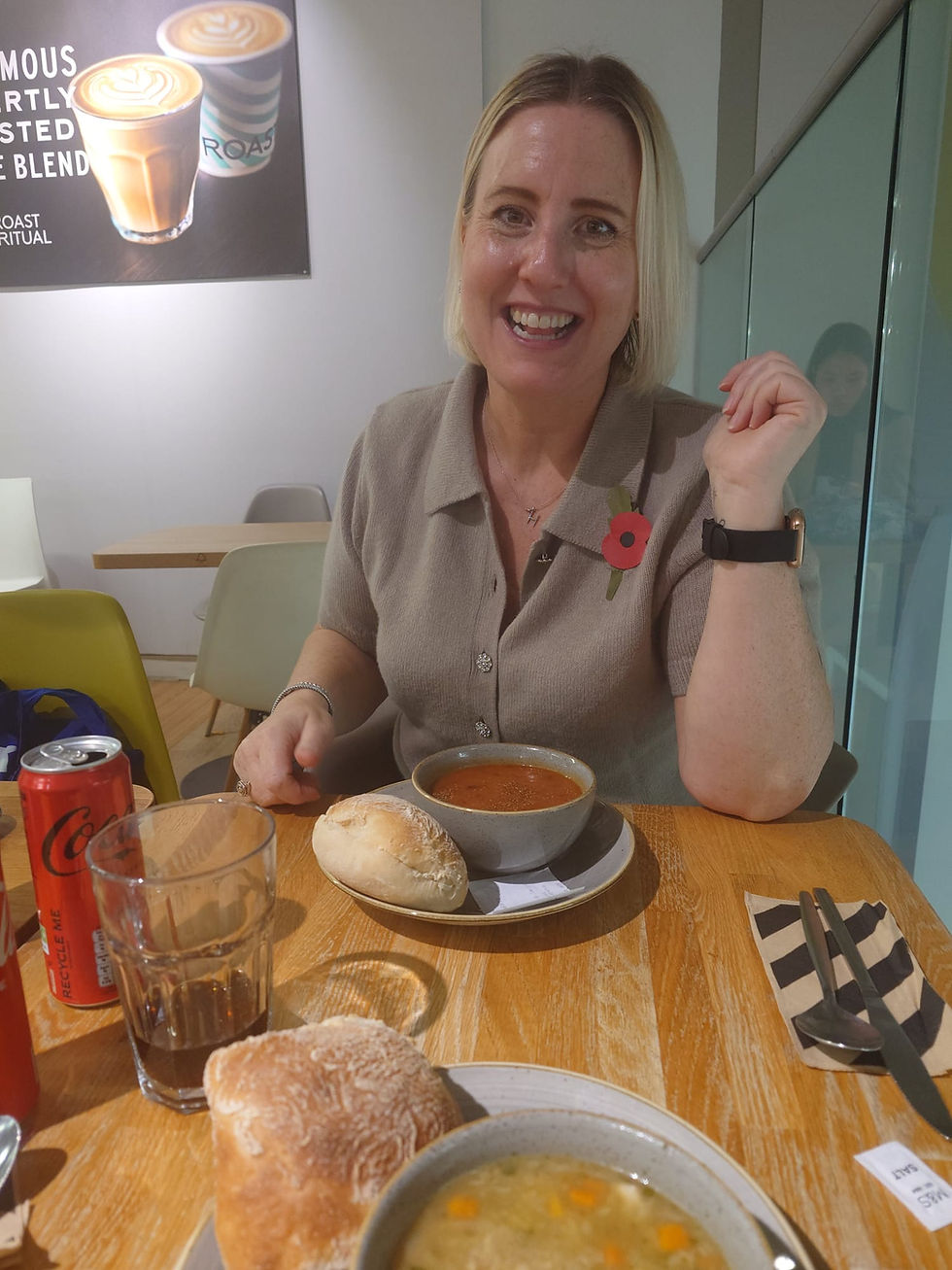The Future of Sustainable Fragrance in Consumer Goods: What Brands Need to Know
- Cassandra Browning
- Sep 19
- 4 min read

In today’s market, sustainable fragrance is no longer a niche idea — it’s becoming a mainstream expectation. For brands in personal care, home care, and other eco-friendly consumer goods, fragrance is one of the most powerful levers for building emotional connection. But with growing pressure for transparency, biodegradability, and responsible sourcing, the fragrance strategy that worked five years ago may not cut it in 2025.
So, what does the future of sustainable fragrance look like, and how can brands stay ahead of evolving green product trends?
1. Transparency Is No Longer Optional
Shoppers increasingly want to know not only what’s in their product but why it’s there. Generic claims like “fragrance” on an ingredient list are falling short.
But transparency is not just about consumer demand anymore — it’s also about regulation. In markets like the EU, fragrance allergens now have to be listed more explicitly, with other regions likely to follow. For many global brands, this means fragrance transparency has shifted from “nice to have” to a compliance necessity.
This creates a new challenge: once ingredients are listed, consumers form perceptions. Even safe, well-regulated materials can raise questions if they look “chemical” or unfamiliar. How brands frame their sustainability story — and reassure consumers about safety and responsibility — is becoming just as important as what’s actually in the product.
Takeaway: Brands should focus on clear, positive communication. Transparency doesn’t mean overwhelming consumers with data — it means explaining what you’re doing that makes a difference.
2. Biodegradability Is Becoming the Benchmark
The next wave of green product trends is moving beyond “natural” claims toward biodegradable fragrance materials. With concerns around water pollution and long-term environmental impact, biodegradability is quickly becoming a baseline requirement for responsible fragrance design.
Forward-thinking fragrance partners are already developing formulas designed to break down safely, without sacrificing performance or sensory appeal.
Takeaway: Talk about the steps you’ve taken to ensure your fragrances are kinder to the environment — even if fragrance is only a small percentage of the overall product.
3. Responsible Sourcing Is Shaping Brand Narratives
From Madagascan vanilla to Indian sandalwood, fragrance raw materials are deeply tied to people and places. As consumers grow more values-driven, questions around ethics, fair trade, and supply chain resilience are becoming central.
This creates opportunities for brands to tell authentic, positive stories — whether that’s supporting farming communities, protecting biodiversity, or using renewable alternatives.
Takeaway: You don’t need to cover every angle of sustainability. Just focus on the sourcing or impact story that aligns with your brand strategy and resonates with your audience.
4. Innovation Without Overcomplication
From biotech molecules to upcycled ingredients, innovation is moving fast. But brands don’t have to explain the science in detail. For consumers, what matters most is the reassurance that innovation is delivering more sustainable choices without compromise.
Takeaway: Keep the focus on what the innovation means for your customers — cleaner, greener products they can feel good about using.
5. Hyper-Educated Consumers and the Role of AI
Today’s consumers are more informed than ever. Platforms like TikTok and Instagram, combined with AI-powered tools, give people instant access to product information, ingredient discussions, sustainability scores, and peer reviews. This means brands face an audience that is not only savvy but also vocal about their expectations.
AI is playing a transformative role in this space:
Fragrance trend prediction: AI can analyze millions of data points from social media, reviews, and sales to identify emerging consumer scent preferences.
Formulation guidance: Machine learning helps fragrance houses design greener, safer, and more appealing formulas faster than traditional methods.
Consumer communication: AI-driven content can help brands tailor messaging about sustainability efforts to different audiences, ensuring clarity and engagement.
Takeaway: Brands that leverage AI strategically can stay ahead of trends, respond to informed consumers in real time, and showcase sustainability and innovation in their fragrance strategy without overcomplicating the story. However, as with everything related to AI, it’s only as good as the information it receives — which is why having an expert to ask the right questions and do the deep thinking remains essential.
6. No Brand Can Do It All
It’s important to remember that fragrance is just one part of a product. Packaging, base formulation, and supply chain often account for much larger environmental impacts. And no brand can solve all these challenges at once.
What matters most is progress, not perfection. Consumers are looking for brands that are moving in the right direction — being transparent about what’s been achieved, and honest about what’s still to come.
Takeaway: Integrate fragrance into your sustainability journey only where it supports your brand strategy and launch goals — always thinking holistically across the full product experience.
Looking Ahead
The future of sustainable fragrance is about more than just swapping out a few ingredients. It’s about building a fragrance strategy that aligns with evolving consumer values, tightening regulatory requirements, and scientific innovation. For CPG companies, this means:
Being proactive about new labeling laws and their impact on consumer perception.
Communicating openly about the sustainability improvements you’re making.
Partnering with fragrance experts (ahem) who can guide you through various parts of the industry — with the ability to be creative, technical, and practical.
Recognizing that fragrance is only one (powerful) piece of the sustainability puzzle.
At Fragrances for Good, we help brands navigate this changing landscape — turning sustainability from a compliance challenge into a strategic advantage. Book in a free chat here: https://calendly.com/fragrancesforgood-info/30min






Comments